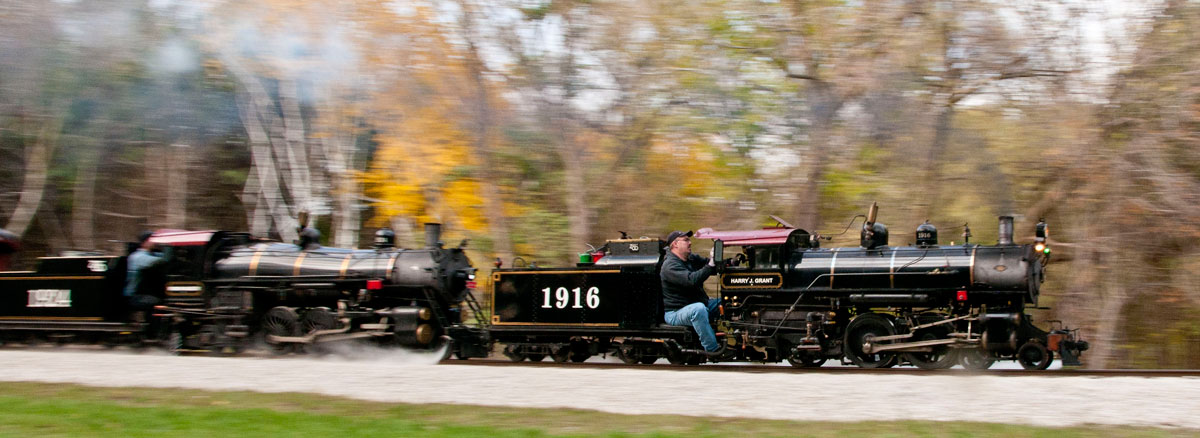We are pleased to announce that CSR has added two additional new members to its Board of Directors: Matthew R. Bergmann and Gary F. Knudsen. These two Kansans each bring a depth of experience in their respective fields that will serve to benefit CSR. Brief bios are shared below, and additional information on all of the CSR Board Members and Advisors can be found here.
Mr. Bergmann is an attorney at Topeka-based law firm Frieden, Unren & Forbes, LLP, where he specializes in the areas of administrative, business, public affairs and legislation, real estate, workers compensation and general practice matters.
Mr. Bergmann’s preparatory education took place at Washburn University in Topeka, Kansas where he graduated, magna cum laude, in 2001. He received his juris doctorate from the Washburn University School of Law in 2005. During his preparatory and legal education Mr. Bergmann studied internationally, participating in coursework at Orebro University in Orebro, Sweden, as well as King’s College and the London School of Economics in London, England.
Mr. Bergmann was selected to the 2014 Super Lawyers Rising Star List for Kansas. In 2012, he was honored as one of top “20 Under 40” young professionals in Topeka. In 2008, Mr. Bergmann was named the Topeka Bar Association’s Outstanding Young Lawyer. Mr. Bergmann is an Eagle Scout receiving that honor from the Boy Scouts of America in 1997. In addition to his volunteer position on the CSR Board of Directors, Mr. Bergmann currently sits on the Board of Directors for TARC, and has also served on the Board of the Directors for the Topeka Bar Association. Mr. Bergmann is a member of the Topeka Bar Association, Kansas Bar Association, American Bar Association, NSBA Council of School Attorneys, the Topeka Active 20/30 Club and Topeka Lawyers Club.
Mr. Knudsen is no stranger to the arena of railroad preservation, offering thirty year's experience in the steam preservation industry. He began volunteering in the preservation industry at the Black River & Western Railroad, where he assisted with the restoration to operation of former Great Western Railway 2-8-0 steam locomotive No. 60. In 1990, he began volunteering with the Michigan State Trust for Railway Preservation in Owosso, Michigan, where he served as both a board member and an active volunteer in the operations of Pere Marquette locomotive No. 1225. With the organization for nearly 30 years, Mr. Knudsen handled all manner of planning, organizing, and operations tasks associated with the safe operation of the 1941-built 2-8-4 steam locomotive.
Mr. Knudsen began his professional career in the commercial aviation sector, working for more than 20 years in the field of aviation insurance underwriting. He is a certified airline transport pilot with more than 40 years of incident-free flying experience.
Following his airline career and seeking a change of pace, Mr. Knudsen hired on with the BNSF Railway in 2004 first as a conductor, then working his way up to the position of locomotive engineer. Working at the BNSF until his retirement in 2013, he garnered experience in freight operations in the California, Kansas, Nebraska and Springfield Divisions of the BNSF Railway, as well as the Oakland, Martinez, Niles, and Fresno Subdivisions of the Union Pacific Railroad. With safety first in mind, he worked for nine years with no FRA reportable injuries, incidents or accidents.
Since retirement to Lawrence, Kansas, Mr. Knudsen has become involved with local preservation efforts, including having served on the board of the Lawrence, Kansas, Depot Redux project. That grass roots effort involved funding and logistics associated with the preservation of the former Santa Fe Railway passenger depot in Lawrence.







